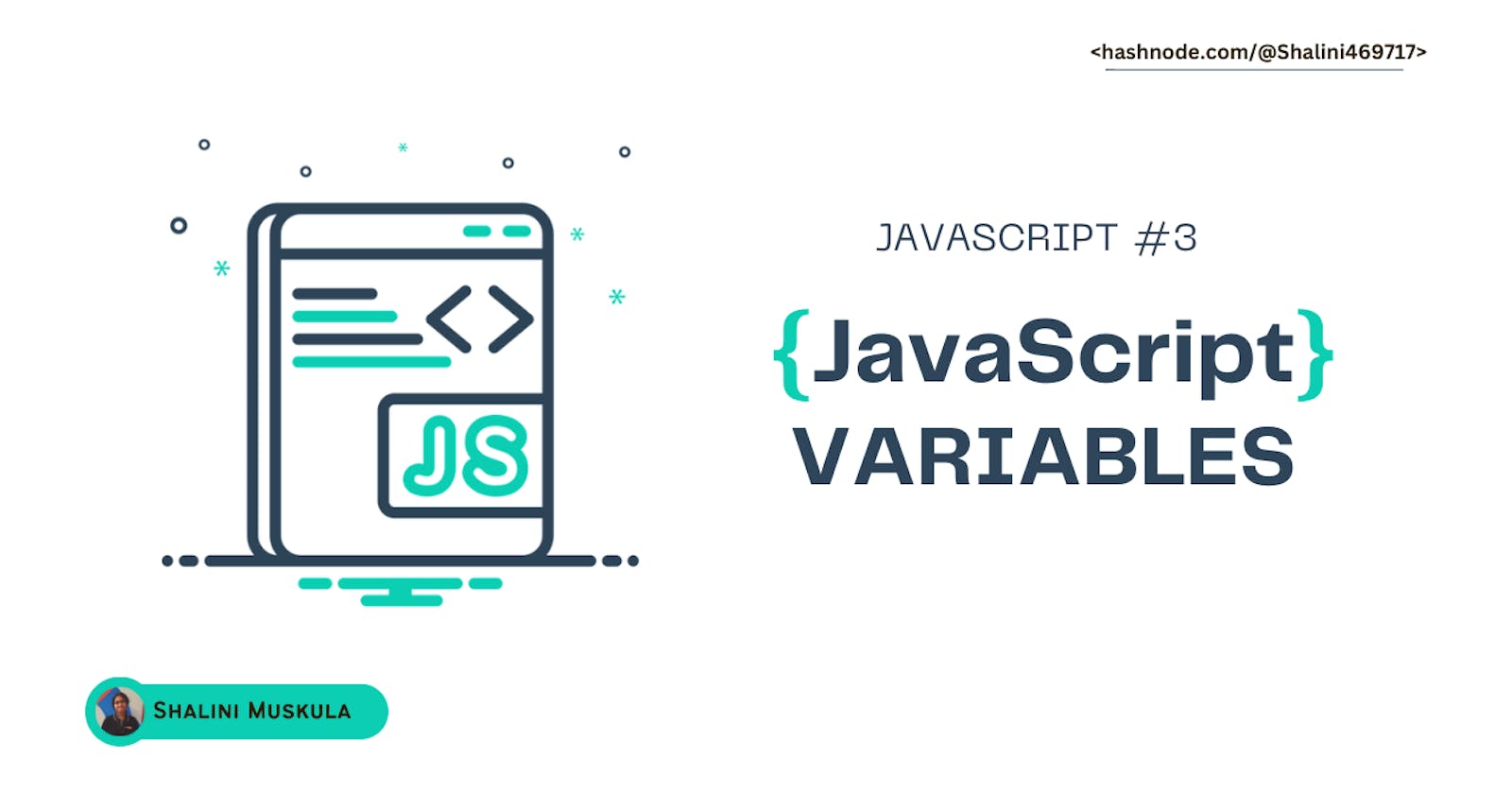Introduction
When you start learning a new language, the first thing you need to learn is how to declare a variable and store values in them along with data types and basic operations. In this blog, all of these topics will be covered.
Variable Declaration
Variables are used to store the data, they are like containers. We can create a variable in Javascript using the let keyword. You need not declare the data type since Javascript decides the data type by itself.
You can declare a constant by using the const keyword.
let name = "Shalini"; //declare using let keyword
let num = 1;
const id = "5170496"; // declaring a constant
var and let are both keywords in JavaScript used for declaring variables. However, they have some differences in the way they work.
The main difference between var and let is in their scope:
- Scope: Variables declared with
varare function-scoped, while variables declared withletare block-scoped. This means that variables declared withvarare accessible throughout the function in which they are declared, while variables declared withletare only accessible within the block in which they are declared (i.e., within a pair of curly braces).
// Example 1 - var
function example1() {
var x = 10;
if (true) {
var x = 20;
console.log(x); // Output: 20
}
console.log(x); // Output: 20
}
example1();
// Example 2 - let
function example2() {
let y = 10;
if (true) {
let y = 20;
console.log(y); // Output: 20
}
console.log(y); // Output: 10
}
example2();
- Hoisting: Variables declared with
varare hoisted to the top of the function (or global) scope, which means they can be used before they are declared. Variables declared withletare not hoisted and will throw a ReferenceError if they are used before they are declared.
console.log(a); //Output: undefined
var a = 5;
console.log(b); // ReferenceError: b is not defined
let b = 10;
In summary, the main differences between var and let in JavaScript are their scoping rules and hoisting behavior. Variables declared with var are function-scoped and hoisted, while variables declared with let are block-scoped and not hoisted.
Variable Naming
A variable name can contain letters, digits and _,$ but it must not start with a digit. Camel casing can be used if it contains multiple words. The name is case-sensitive and doesn't use reserved words such as "class", "return", "let" etc.
Though you can name your variables according to your liking, it is always a good practice to give them a meaningful name. This way the code is more readable.
Data Types
Number: both integers and floating point numbers. NaN stands for not a number. It represents a computational error. It is a result of an incorrect or undefined mathematical operation. Any further mathematical operations with NaN return NaN.
String: It is represented by quotes. There is no character type.
let str = "Hello"; let str2 = 'Single quotes are ok too'; let phrase = `can embed another ${str}`;Boolean: It has only two values true or false.
nullis used to assign an empty or unknown value to the variable andundefinedis the default initial value for undefined things. They are not data types.
Basic Operators
Addition
+,Subtraction
-,Multiplication
*,Division
/,Remainder
%,Exponentiation
**Assignment
=Increment and Decrement
++,--Comparison
==is equal to but doesn't check the data type,===is equal to and checks the datatype.<= >= !=are other comparison operators.Bitwise Operators
| & ^ ~ << >>Conditional
?:Logical
&& || != ==
References: JavaScript Fundamentals
